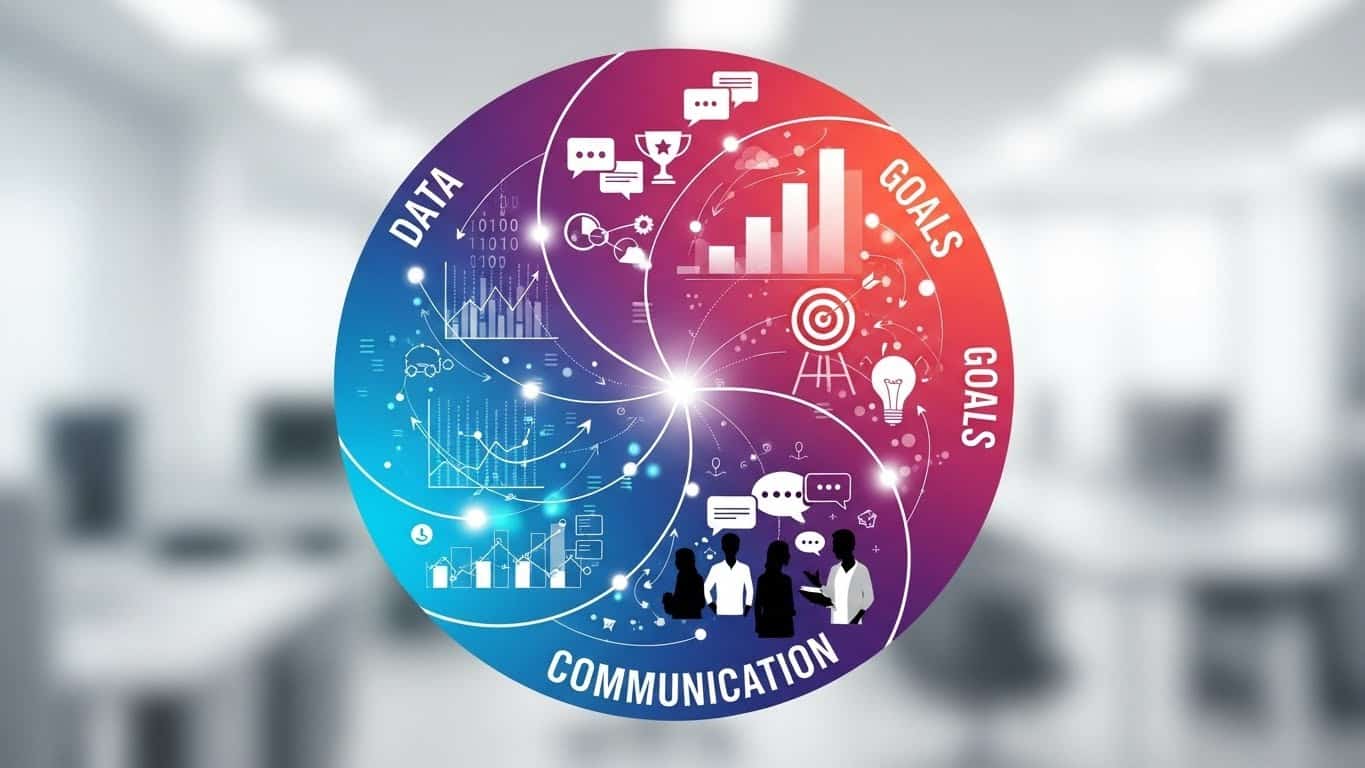Understanding the Lifecycle of a Business: Adapting to Each Phase
Every company travels a journey—often unpredictable—from idea spark to maturity and beyond. Understanding the lifecycle of a business and how to adapt to each phase means recognizing what leadership style, strategy, and structure you need next. It’s transformation—at each step.
🚀 Phase 1: Launch & Startup
In the beginning, survival trumps everything. You’re testing ideas, finding product–market fit, and building essential processes. The launch phase often brings losses, long hours, and resource constraints. This phase is the launch pad to understanding the lifecycle of a business.
Corporate Finance Institute clearly describes that sales are low, cash flow is negative, and the primary goal is market validation. Lean methodology plays a key role here—think MVPs and disciplined iteration.
What it demands:
-
Founder-led agility
-
Customer-centric experimentation
-
Flexibility over efficiency
🌱 Phase 2: Growth & Expansion
Once validation hits, the focus shifts to scale. Revenue climbs, teams grow, and systems strain. It’s exciting—but fragile.
Neil Churchill and Virginia Lewis’s famed five-stage model describes this growth stage as one where survival transitions into success—and the business must balance entrepreneurial spirit with emerging structure.
What it demands:
-
Structured process (sales, ops, finance)
-
Clear leadership roles
-
Investment in systems without losing agility
This is where Align shines. As growth accelerates, Align’s software helps teams stay aligned around evolving priorities, scale their meeting rhythms, and track execution across functions—without losing the clarity that made early momentum possible.
⚖️ Phase 3: Shake-Out & Maturity
With scale comes complexity. The shake-out phase weeds out underperforming units. In maturity, growth flattens and competition intensifies. The maturity stage can be framed as one of dampened growth where optimizing becomes more critical than expanding.
What it demands:
-
Governance frameworks and process discipline
-
Efficiency and cost control
-
Strategic renewal mindset
🔄 Phase 4: Renewal or Decline
At this crossroads, companies face a choice: evolve or exit. Renewal means revisiting your core purpose—reimagining products, markets, or models. Decline happens when inertia wins.
Forbes notes that understanding the business life cycle helps executives catch these inflection points early and decide whether to reinvent or sell.
What it demands:
-
Cultural readiness for change
-
Bold leadership to invest or divest
-
Adaptive strategy with stakeholder alignment
If your business is approaching a renewal phase, it may be time to consider a strategic pivot. But pivots don’t have to be risky. For a deeper dive into how to approach these shifts with clarity and structure, read our blog on How to Make Business Pivoting Less Risky and More Strategic.
🧭 Why Understanding the Lifecycle of a Business Matters
1. Leadership Fit
What succeeded when you were 10 people won’t scale to a 200-person organization—and vice versa.
2. Resource Allocation
Knowing your stage guides whether to invest heavily in growth or double down on efficiency.
3. Strategic Timing
Approach renewal with intention, not panic. Adapting your business model to match your lifecycle stage is essential for long-term sustainability
🎯 Applying This to Your Business
-
Identify your current stage. Use revenue trends, team size, and system maturity as clues.
-
Match your leadership approach. Founder-led agility for early days. Process and discipline later.
-
Audit your strategy. Are you investing to grow—or optimizing for efficiency?
-
Plan renewal proactively. Don’t wait for decline signals—build in regular renewal checkpoints.
By understanding the lifecycle of a business and adapting to each phase, you gain a strategic lens for making decisions that align with where your company truly is. Each stage demands its own mindset, systems, and structure. When you lead through that lens, you stay ahead of stagnation—and build a foundation for lasting success.





